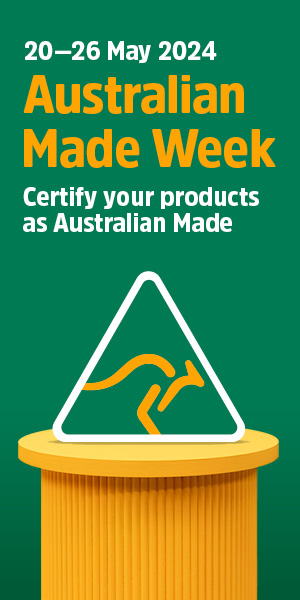Australia can successfully manufacture for solar PV industry, says new report

A technoeconomic analysis of four stages in the solar photovoltaic supply chain in the new Silicon 2 Solar roadmap shows a credible case for Australia becoming a viable solar manufacturer, according to the report’s authors.
Research on the new Silicon 2 Solar roadmap is led by a non for profit member body the Australian Photovoltaic Institute (APVI) and supported by funding from the Australian Renewable Energy Agency (ARENA.)
It looks four major steps: polysilicon, wafers, cells and modules. According to a statement from ARENA, the report identifies a number of challenges at each, but “indicates Australia has the capacity to participate successfully”.
Australia currently contributes heavily to solar PV R&D – with the dominant solar cell type, PERC, invented at University of NSW – but has no significant local manufacture. A single company, Tindo Solar, makes modules in Australia, based on imported cells.
ARENA argues that as PV installations scale up from the current level of about 5 gigawatts per annum, “it will be critical to maintain reliable and diversified sources of supply”, and Australia should reduce its risk by contributing more to global supply chains.
“A number of Australian companies have already stated their ambitions to develop local manufacturing of solar PV at scale, and ‘Silicon 2 Solar’ illuminates the policy and investment pathway to make these bold plans a reality,” said Darren Miller, the organisation’s CEO.
Development of Silicon 2 Solar was led by APVI with Deloitte, with contribution from industry stakeholders including The Australian Centre for Advanced Photovoltaics (ACAP), AGL, Aspiradac, Energus, Siemens, SunDrive, Tindo Solar and 5B. ARENA contributed a $541,640 grant supporting the research.
The report can be accessed here.
Picture: credit ARENA
Further reading
Study to develop a solar PV supply chain underway
@aumanufacturing Sections
Analysis and Commentary Awards Defence Manufacturing News Podcast Technology Videos










